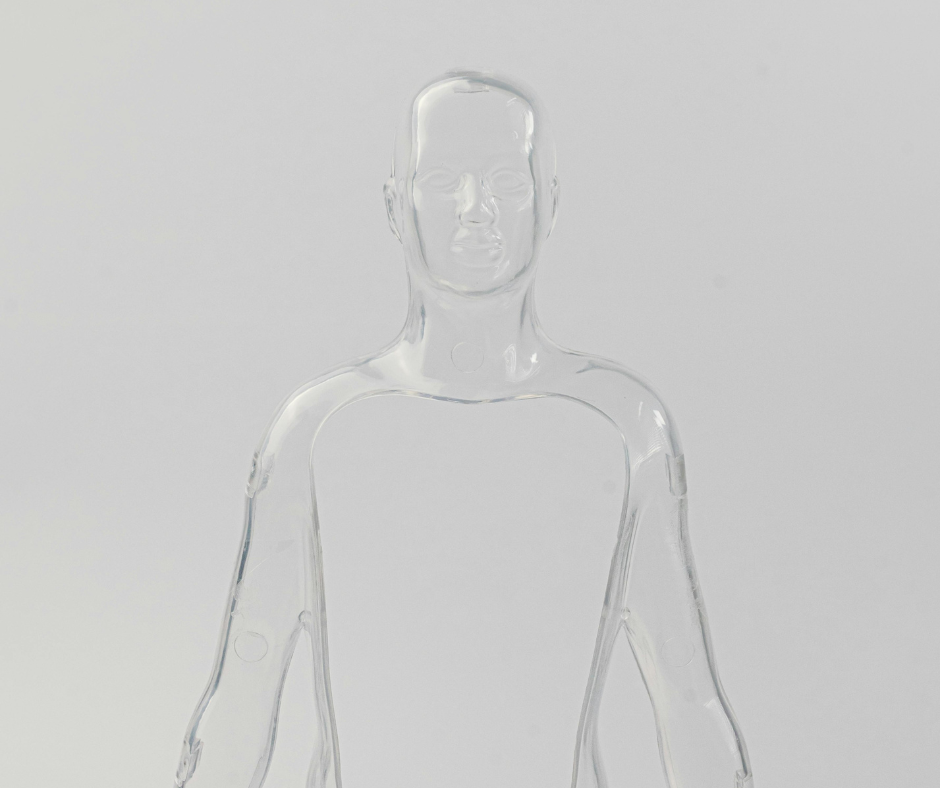What is body horror? For a long time I heard that term used and didn’t understand what, exactly, it described.
Body horror, also known as biological horror, is a type–or subgenre–of horror that shows disturbing violations of the human body. This could include gratuitous violence, mutation, zombification, or strange movements, among other things. Essentially, body horror focuses on the limits of the human body.
You may be thinking that most horror sub genres, excluding psychological horror, have elements of body horror. You’re correct, but there is still a distinction. Genres like slashers also have similar tropes, but they differ in key ways. In slasher films, the mutilation of the body is the direct and immediate result of violence. In body horror, the mutilation or distortion of the body is more often the result of a loss of control over the body: this could be through disease (like in a zombie horror) or another type of transformation.
The term body horror was first used in a 1983 essay by Phillip Brophy to describe a specific emerging subgenre or trend he was noticing in modern horror movies. However, other scholars have noted that body horror has existed in previous media, including literature. Gothic horror is often cited as utilizing body horror; for example, Mary Shelley’s Frankenstien, or Franz Kafka’s The Metamorphosis are two works of body horror. In Frankenstein, a body is constructed out of human corpses, while in The Metamorphosis, a man transforms into a giant bug.
Other examples of body horror include Titane, Tusk, Eraserhead, Teeth, and The Fly. All of these films include grotesque transformations or manipulations of the body.


Leave a Reply